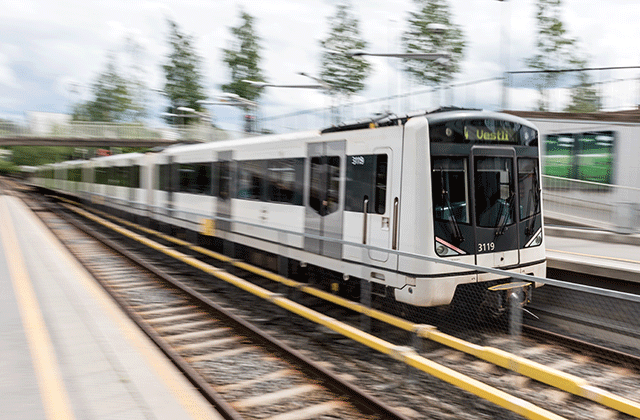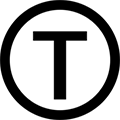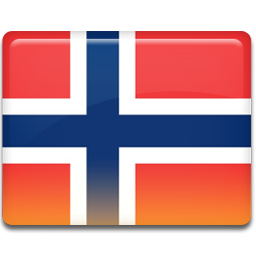In buzzing capital such as Oslo, smooth public transportation makes all the rush hour difference. The commuting business has greatly benefited from the mission-critical communications that keeps the Oslo Metro employees up-to-date and connected.
Two essential systems
A metro transport system is an essential element of any big city's infrastructure. Especially during morning and after-work rush hours, it can rightfully be described as the veins of the city. It delivers "the cells" to where they need to be at any given time so that "the body" can function to its best capabilities.
The metro also reflects strongly and immediately if something goes wrong. A city's commute infrastructure is, even during an ordinary workday, more or less like a house of cards. A little mishap is all it takes to cause big problems and massive delays, if not an outright chaos all around the city.
That is why a reliable communications system is absolutely essential. And that is why Oslo Metro use mission-critical TETRA communications – to make sure that under all circumstances, people can be reached and information spread efficiently.
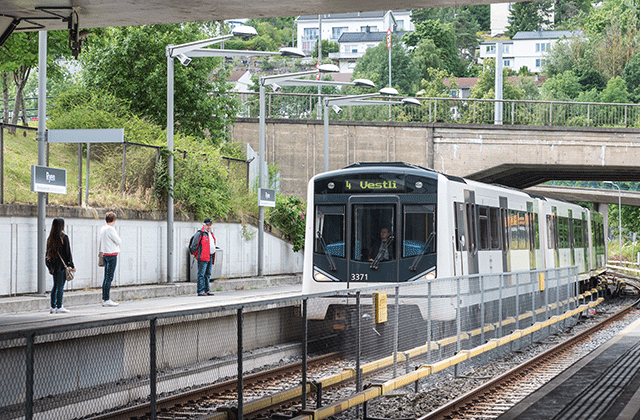
Safety first
"For us, safety was clearly the most significant driver for choosing TETRA", says Tor Ole Aasen, Preparedness Adviser, Safety and Security for Oslo Metro Control Center. "Stability is essential – we have to be able to count on getting in touch with train drivers, maintenance people, guards and so on, even if they are in the middle of a tunnel."
"The metro train drivers use their radios all the time," Tor Olav Hjelleset, Technical Manager, telecommunications and automation, emphasizes.
"They report to the dispatch center at the start of the day, then report any suspicious activity they see – forgotten stuff, holes in the fence, even people on the rail. It is amazing how much can fit into a perfectly normal day of driving a metro train."
Going underground
With its 101 stations, the Oslo metro network is the largest in Scandinavia. The Metro Control Center really needs its reliable, accurate communications every moment of every day.
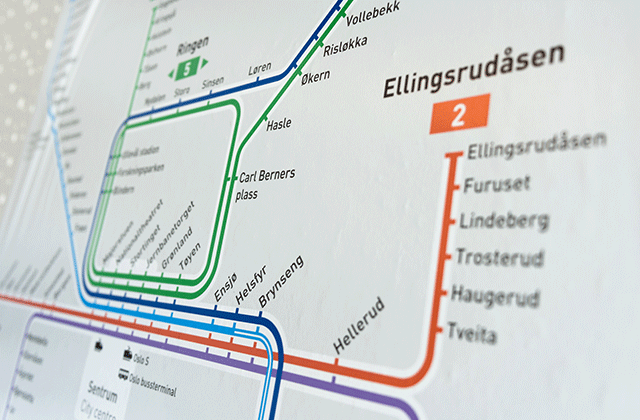
The network was set up by the local operator TC Connect in 1998.
Says Jan-Erik Sandbaek, the ICT Coordinator: "From the safety point of view, when you go underground the network reliability is even more critical. Deep in the tunnels, network coverage typically weakens. Our previous network was able to cover only 70 per cent of the tunnels at best."
"The current TETRA network provides coverage that is as close to perfect as it can get."
Group calls improve communications
Besides safety and reliability, the communications network delivers some special features – the practical direction-based group call, for example.
To make communication even more efficient, the metro drivers in Oslo have their own groups based on the direction they are driving. Group calls are an excellent way to deliver a message of any unexpected incident such as a holdup at a station. The following trains are notified before they approach, which makes travel safer and smoother.
Developing the opportunities
The Oslo Metro has used their mission-critical communications successfully and taken full advantage of the opportunities. The communications network has proven a sound investment - it is an integral part of metro's daily operations.
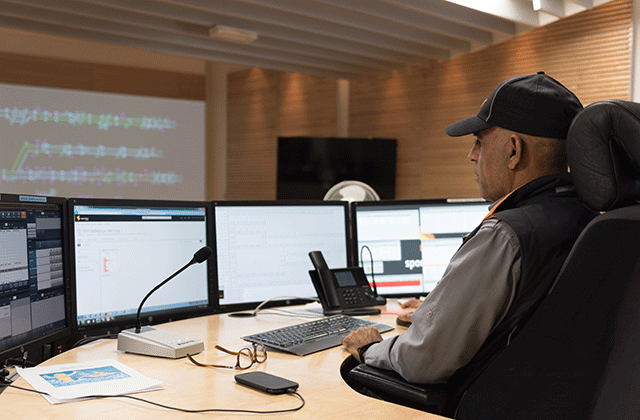
"We ended up with a system that is stable and secure, and user-friendly as well", Tor Olav Hjelleset says.
The needs to ensure stable and safe commute for Oslo's inhabitants may evolve, but the communications system will remain critical. If the communication system should ever go down, the metro would simply stop.
You really can't get more mission-critical than that.
Learn more – get inspired by these pictures from Oslo:
Segment
Region
Europe
Country

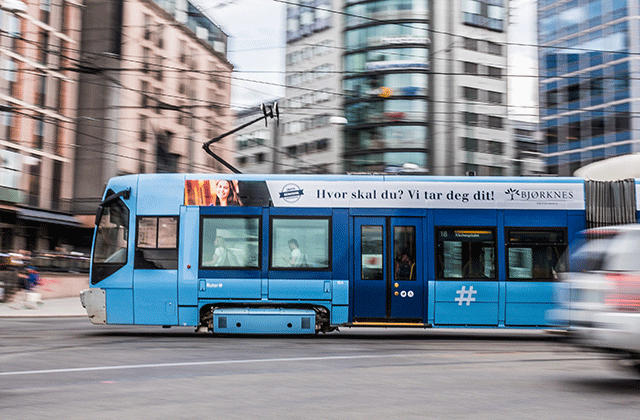



Share this story

